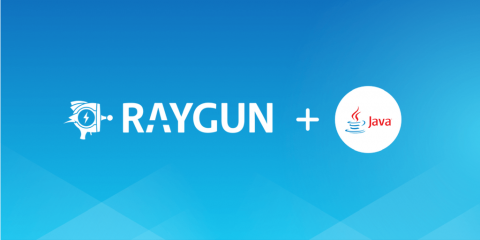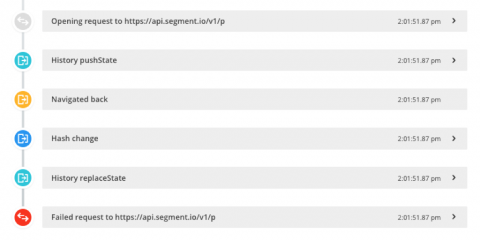Raygun Application Performance Monitoring is here
When you’re building software, there’s so much to think about — from bugs to how fast your application loads. We’ve got something new to help your development team build better, faster experiences for your users, in less time. Today, we’re releasing Raygun Application Performance Monitoring (APM) for .NET, a new way to visualize and understand your application’s performance on the server-side.











